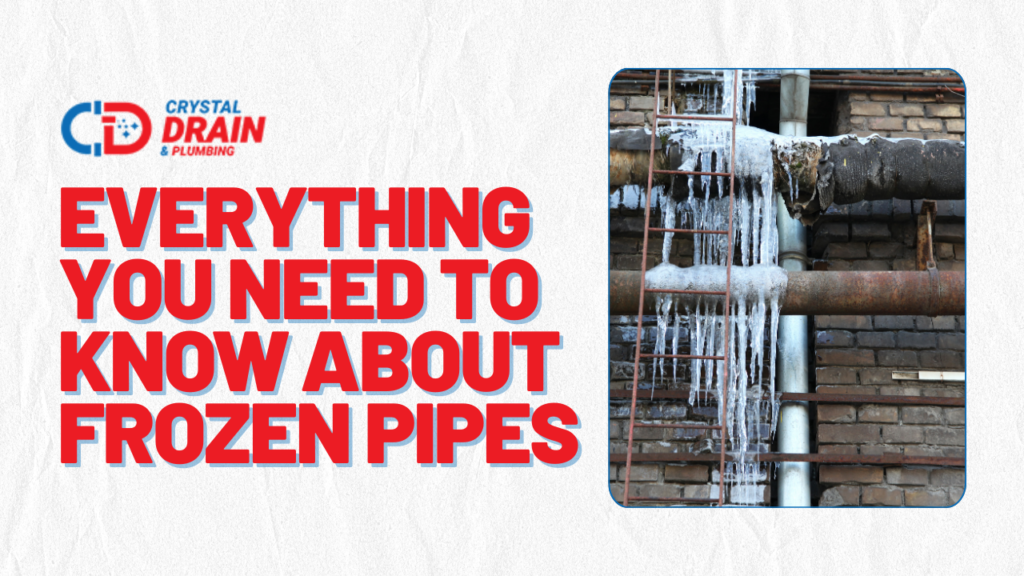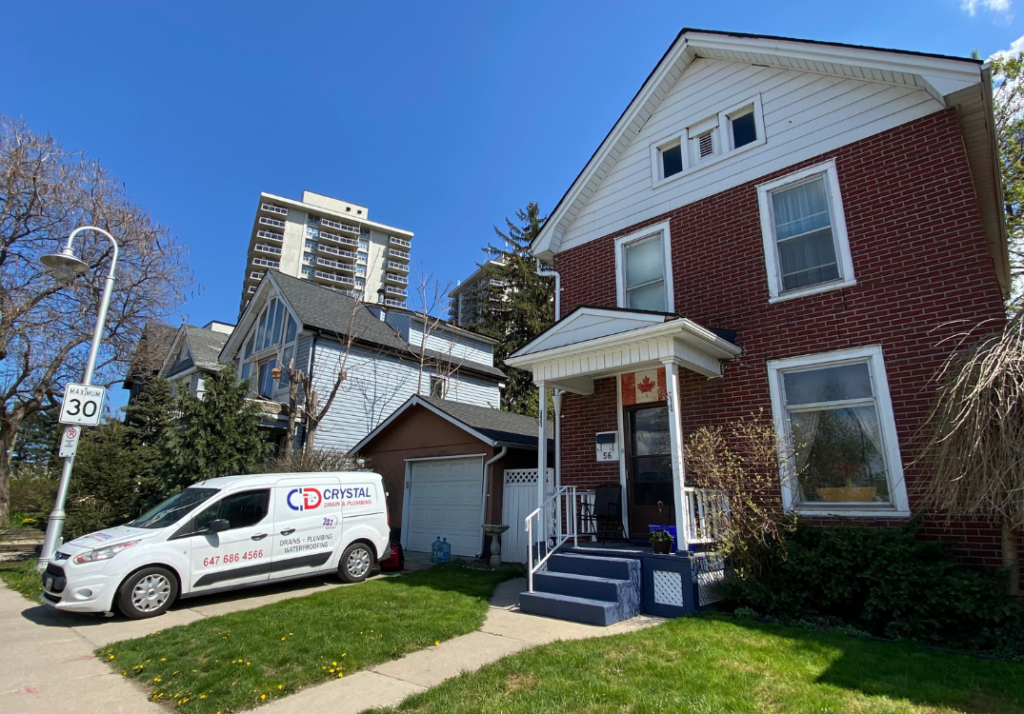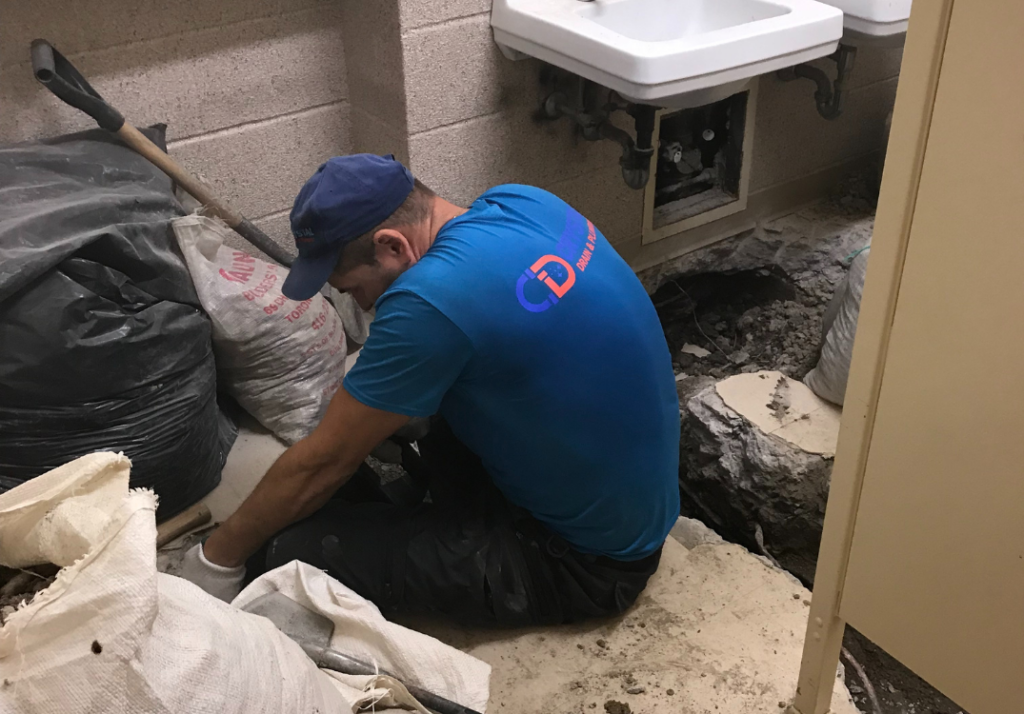Frozen Pipes? Here’s Everything You Need To Know!

During Canada’s unforgiving winter months, frozen pipes can wreak havoc on your home, leading to costly damage and significant inconvenience. Knowing why pipes freeze, how to identify and thaw them safely, and how to prevent freezing is essential for every homeowner. With the right steps, you can protect your plumbing system and avoid unexpected expenses.
Key Takeaways
- Frozen Pipes Are a Major Risk: Freezing causes water to expand, potentially leading to burst pipes and flooding.
- Early Detection Is Crucial: Visible frost, reduced water flow, and unusual sounds or smells are warning signs.
- Thaw Pipes Safely: Use gentle heat sources like hair dryers or heating pads to avoid causing damage.
- Proactive Prevention Saves Money: Proper insulation and consistent home heating can keep your pipes from freezing.
- Call Professionals for Persistent Issues: Recurring frozen pipes or those in hard-to-reach areas should be inspected by experts.

Understanding Why Frozen Pipes Are Dangerous
Frozen pipes are not just an inconvenience—they can lead to significant damage and costly repairs. When water inside a pipe freezes, it expands, creating immense pressure that can rupture the pipe. Burst pipes can flood your home, damage walls, floors, and personal belongings, and result in expensive repairs. Moreover, frozen pipes mean a temporary loss of running water, impacting daily tasks such as cooking, cleaning, and bathing.
Identifying Frozen Pipes
Spotting frozen pipes early can help you mitigate damage. Here’s what to look for:
- Visible Frost or Ice: Frost forming on the surface of exposed pipes is a clear sign of freezing.
- Low or No Water Flow: If you turn on a faucet and get only a trickle of water, ice may be blocking the flow.
- Unusual Sounds: Gurgling noises from pipes or faucets may indicate ice blockage.
- Strange Odors: A foul smell from drains could mean ice is blocking your plumbing and causing sewer gases to back up.
If you notice any of these signs, act quickly to prevent further damage.
Thawing Frozen Pipes Safely
When thawing frozen pipes, safety and proper technique are essential:
- Turn On Faucets: Keep the faucet open to relieve pressure and allow melted water to escape.
- Start Near the Faucet: Begin thawing close to the faucet and work your way toward the frozen section.
- Apply Gentle Heat: Use tools like hair dryers, heating pads, or warm towels to thaw pipes. Never use open flames or devices that could overheat the pipe.
- Monitor Progress: Listen for water flow returning to normal as you thaw the ice.
If you can’t locate the frozen section or your efforts don’t work, it’s time to call a professional plumber.
Preventing Frozen Pipes
Prevention is the most effective way to avoid frozen pipes. Here are some steps you can take:
- Insulate Exposed Pipes: Cover pipes in unheated areas with foam insulation or heat tape to protect them from freezing temperatures.
- Seal Drafts: Close gaps or holes near pipes where cold air could enter your home.
- Keep Your Home Warm: Set your thermostat to maintain a consistent temperature of at least 13°C, even when you’re away.
- Let Faucets Drip: Allowing a slow trickle of water keeps water moving through the pipes, preventing freezing.
- Open Cabinet Doors: If pipes are under sinks or near exterior walls, leave cabinet doors open to let warm air circulate around them.

Why Professional Help Matters
If your pipes frequently freeze or you have hard-to-reach areas, professional inspection and maintenance can help. At Crystal Drain & Plumbing, our experienced team can identify vulnerabilities in your plumbing system and implement long-lasting solutions to prevent frozen pipes.
FAQs About Frozen Pipes
Pipes located in unheated areas like basements, attics, crawl spaces, and along exterior walls are most at risk.
In some cases, they can thaw if temperatures rise, but this can also increase the risk of bursting as pressure builds. It’s safer to thaw them proactively.
A space heater can be effective if used with caution and directed at the frozen section of the pipe. Ensure the heater is positioned safely to avoid fire hazards.
Signs include water pooling near the pipe, decreased water pressure, and unusual noises like hissing or spraying. Turn off your main water supply and call a plumber immediately.
Yes, frozen pipes can lead to cracks or ruptures, which may require extensive repairs or replacement. Preventative measures are key to avoiding long-term damage.
